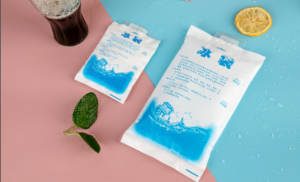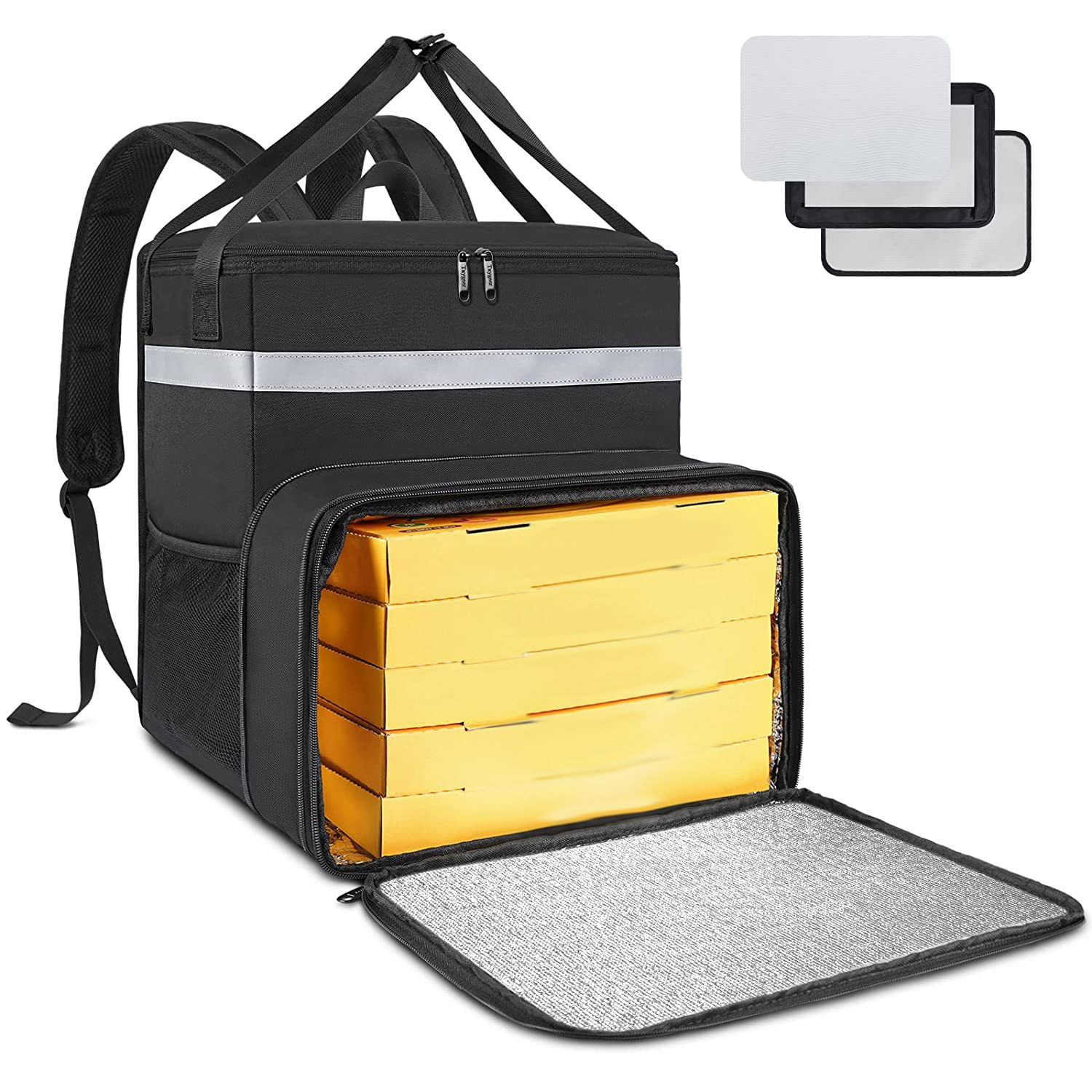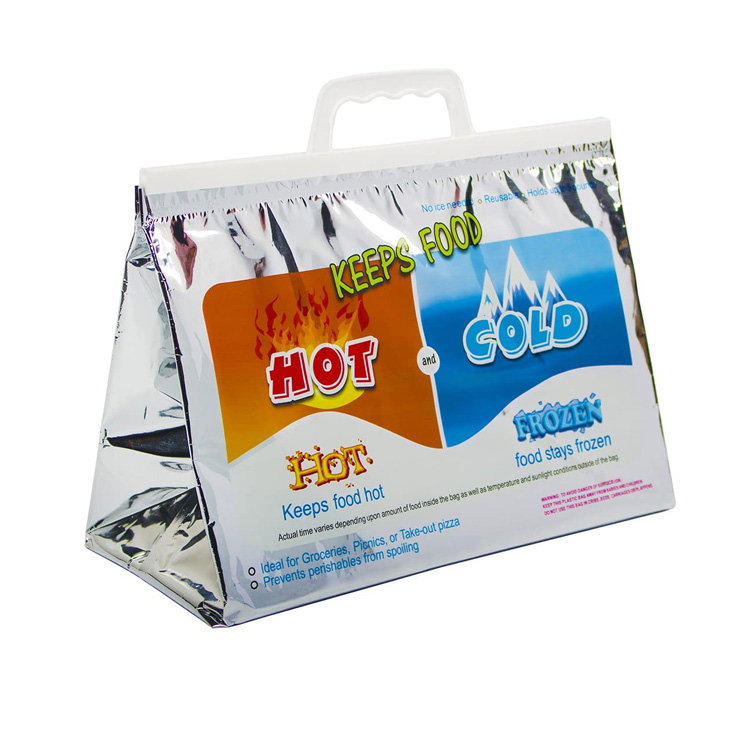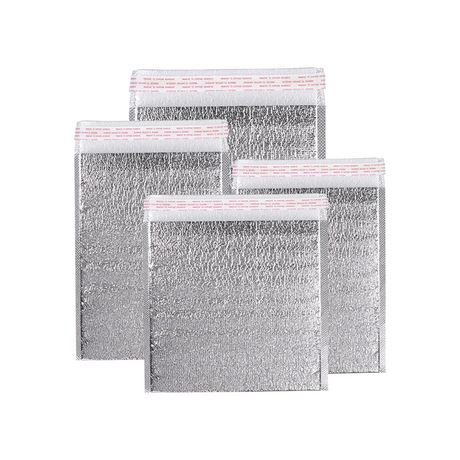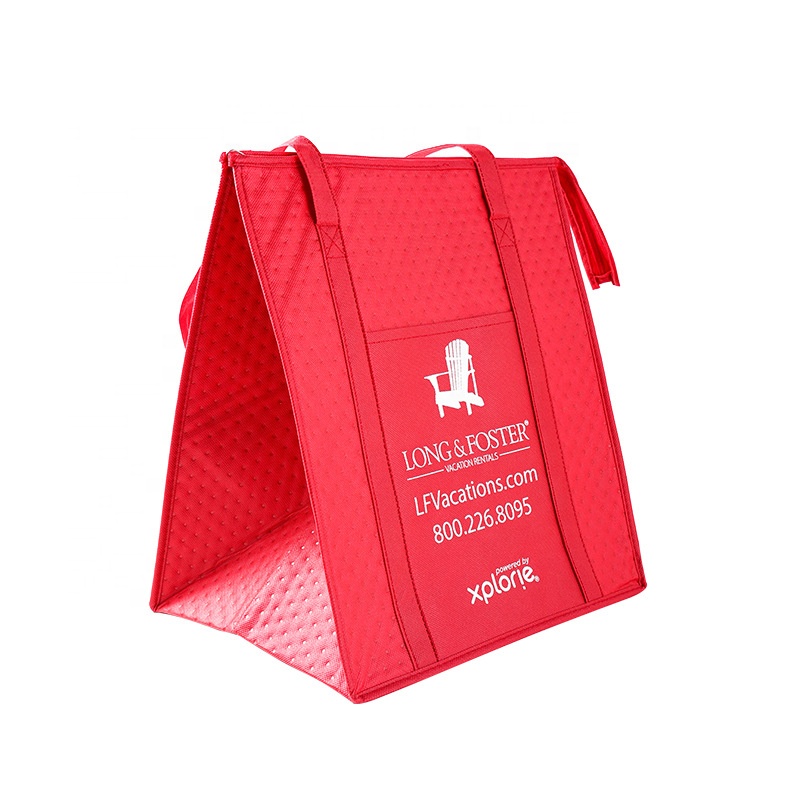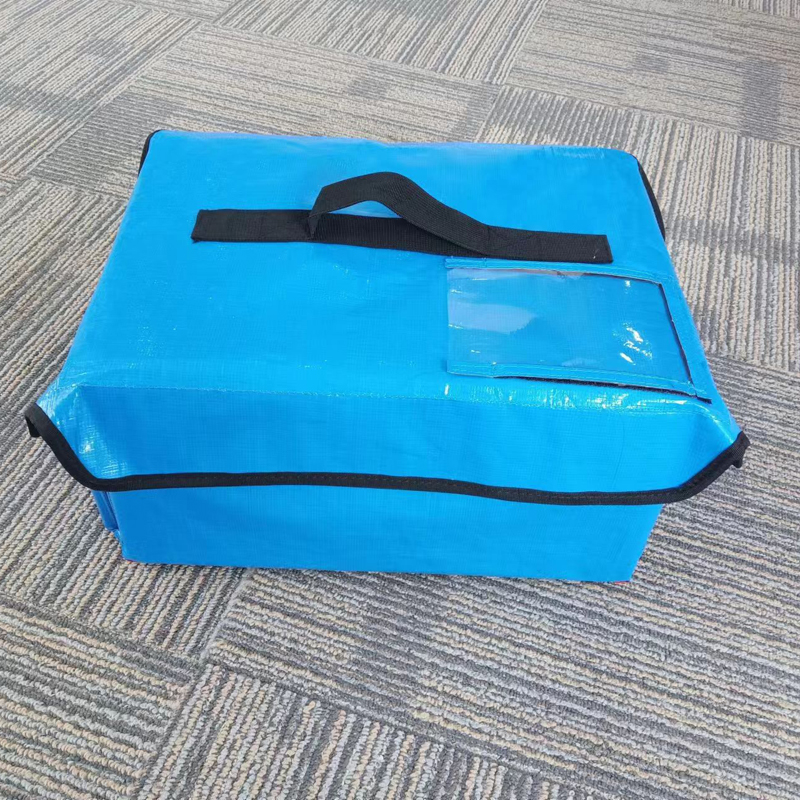When it comes to cooling effectiveness, water injection packs de glace and traditional ice blocks perform quite differently. Here’s a detailed comparison to help you understand how each works, and how you can make the best choice for your cooling needs.
1. Durée de refroidissement
- Packs de glace à injection d'eau: These ice packs can maintain cooling for a longer period. The cooling duration depends on water volume, material quality, and seal integrity. High-quality water injection ice packs are designed with materials that enhance insulation and cooling efficiency.
- Blocs de glace traditionnels: Traditional ice blocks typically last for a shorter time. As they melt, their cooling effect diminishes quickly, especially in high-temperature environments. You may need to replace them more frequently for continuous cooling.
2. Cooling Efficiency
- Packs de glace à injection d'eau: The design of water injection ice packs ensures that the cooling effect is evenly distributed. These packs can conform to different shapes, making them ideal for sensitive cargo, such as pharmaceuticals or perishables, where consistent cooling is essential.
- Blocs de glace traditionnels: Ice blocks tend to cool more unevenly. While they are effective in the areas they contact, they do not distribute cooling as efficiently over a larger surface area, leading to less consistent performance.
3. Convenience and Flexibility
- Packs de glace à injection d'eau: Water injection ice packs are flexible and space-efficient. Après utilisation, they can be folded or rolled up for easy storage. Their adaptable shape allows them to fit snugly into different containers, making them ideal for shipping and transport.
- Blocs de glace traditionnels: Ice blocks are bulky and fixed in shape. While they provide effective cooling, their rigid form makes them less adaptable to various packaging needs.
4. Post-Melt Liquid Management
- Packs de glace à injection d'eau: Unlike traditional ice blocks, water injection ice packs are designed to prevent leaks even as they melt. Their sealed design ensures that any melted water stays contained, making them more hygienic and easier to manage.
- Blocs de glace traditionnels: When ice blocks melt, they release water that needs to be managed. This can create a mess and potentially damage the items you are trying to keep cool.
5. Material Durability
- Packs de glace à injection d'eau: Made from durable, non-toxic materials like polyethylene (PE) or polypropylene (PP), water injection ice packs are designed to withstand multiple uses without degradation. These materials provide a higher level of insulation, ensuring prolonged cooling performance.
- Blocs de glace traditionnels: Ice blocks require freezing before use and typically lack the same durability. After several uses, they may crack, break, or require refreezing, limiting their lifespan.
6. Impact environnemental
- Packs de glace à injection d'eau: Water injection ice packs are reusable, making them a more eco-friendly choice. Once emptied, they can be stored and used again, reducing waste compared to single-use ice blocks.
- Blocs de glace traditionnels: Ice blocks are often single-use, requiring freezing each time they are needed. While reusable, the need for frequent freezing consumes energy and contributes to higher environmental costs.
Conclusion
In summary, water injection ice packs offer longer cooling durations, more efficient cooling distribution, better flexibility, and are more environmentally friendly compared to traditional ice blocks. They are ideal for applications that require consistent and long-lasting cooling, such as in cold chain transportation and preserving perishable goods. Traditional ice blocks, on the other hand, are simpler to use but may require more frequent replacement and produce more waste.
By choosing high-quality water injection ice packs and using them correctly, you can ensure optimal performance and enjoy a more convenient, eco-friendly cooling solution.






